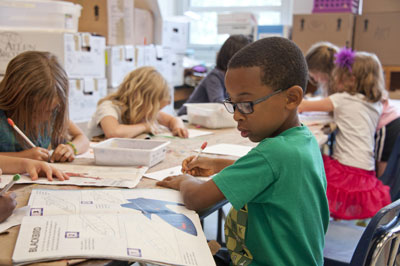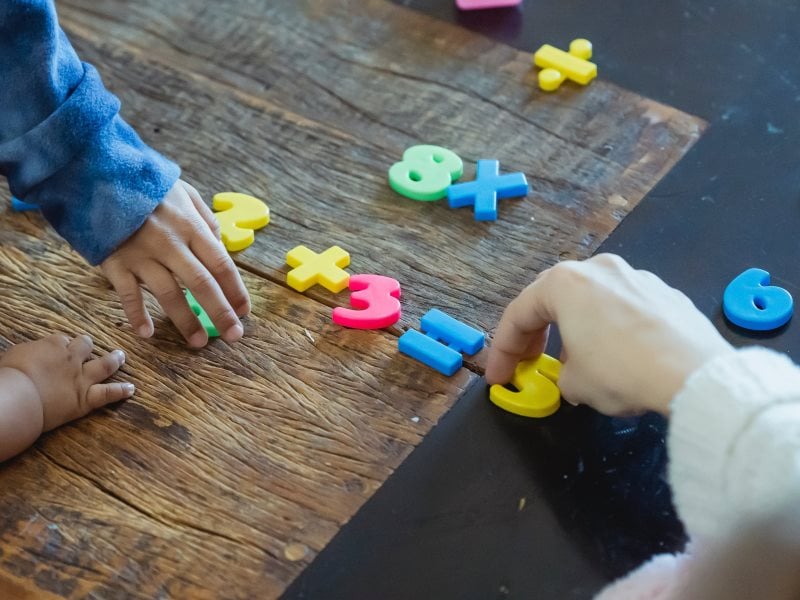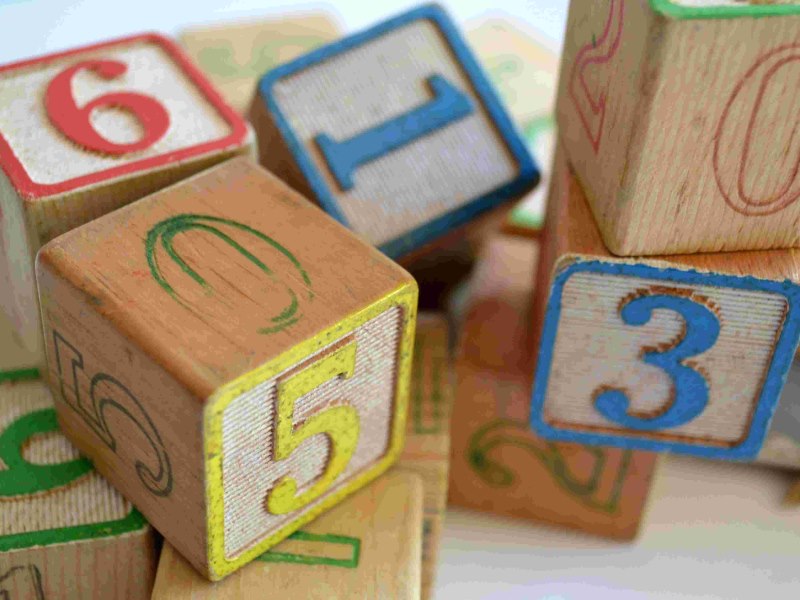Complete Mathematics Standards by NJ Department of Education for Grade 2

The following are the New Jersey Mathematics State Learning Standard for Grade 2. The standards are dense. If you want a simpler explanation on what your child should learn read our Grade 2 Manual instead.
Grade 2
In Grade 2, instructional time should focus on four critical areas: (1) extending understanding of base-ten notation; (2) building fluency with addition and subtraction; (3) using standard units of measure; and (4) describing and analyzing shapes.
(1) Students extend their understanding of the base-ten system. This includes ideas of counting in fives, tens, and multiples of hundreds, tens, and ones, as well as number relationships involving these units, including comparing. Students understand multi-digit numbers (up to 1000) written in base-ten notation, recognizing that the digits in each place represent amounts of thousands, hundreds, tens, or ones (e.g., 853 is 8 hundreds + 5 tens + 3 ones).
(2) Students use their understanding of addition to develop fluency with addition and subtraction within 100. They solve problems within 1000 by applying their understanding of models for addition and subtraction, and they develop, discuss, and use efficient, accurate, and generalizable methods to compute sums and differences of whole numbers in base-ten notation, using their understanding of place value and the properties of operations. They select and accurately apply methods that are appropriate for the context and the numbers involved to mentally calculate sums and differences for numbers with only tens or only hundreds.
(3) Students recognize the need for standard units of measure (centimeter and inch) and they use rulers and other measurement tools with the understanding that linear measure involves an iteration of units. They recognize that the smaller the unit, the more iterations they need to cover a given length.
(4) Students describe and analyze shapes by examining their sides and angles. Students investigate, describe, and reason about decomposing and combining shapes to make other shapes. Through building, drawing, and analyzing two- and three-dimensional shapes, students develop a foundation for understanding area, volume, congruence, similarity, and symmetry in later grades.
If you are really itching for more of this mind-numbing goodness, here is the full report: http://www.state.nj.us/education/cccs/2016/math/g02.pdf





